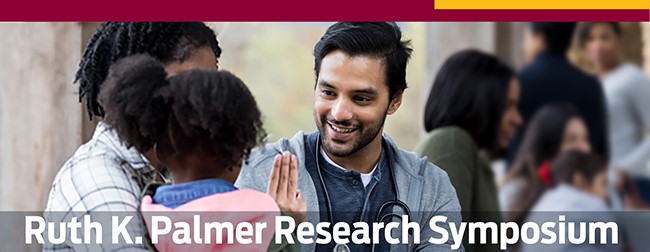Credentials of Corresponding Author
DNP, APRN-BC
Nature and scope of the project
The purpose of this study was to determine the quality, efficiency, accuracy and workload of pre-licensure nurse-nurse handoff before and after implementation of the N-PAS using simulation.
Synthesis and analysis of supporting literature
Nurse to nurse shift change handoffs are defined as the transfer of information and responsibility in care across the continuum and are the most frequent type of information transfer in a healthcare setting, averaging 2 million per year in a mid-size hospital. Few studies have rigorously evaluated outcomes of nursing handoff training and education methods.
Project implementation
The design is secondary data analysis of audio transcripts of pre-licensure nursing student handoffs from a convenience sample of approximately 95 senior pre-licensure baccalaureate nursing students. The pre-licensure nursing students were trained on the N-PAS handoff approach during a 30-minute presentation followed by an hour-long practice session of giving handoff using sample paper case studies. Then using Lippincott Virtual Simulations (VSims) the students completed 3 patient cases and then audiotaped themselves giving handoff of each virtual simulation patient.
Evaluation criteria
The Nursing (N) Patient Summary (P) Action Plan (A) and Synthesis (S) provides a valid method for standardizing the core shift change report between nurses that can then be supplemented with unit specific data. All handoffs were evaluated for quality, accuracy and efficiency using three tools: CEX receiver and sender forms and the NASA.
Outcomes
Preliminary results from initial handoff training indicate that there was no significant difference in how the sending and receiving nurse interpreted the quality of the handoff. Only one domain of handoff quality, organization, demonstrated a significant difference with receiving nurse rating the quality of handoff higher than the sending nurse (p < 0.001). Over 90% of handoffs accurately included patient summary data, however less than 70% accurately included an action plan and a synthesis as part of their handoff. None of the domains of handoff workload achieved a significant level, meaning that students did not perceive handoff to be significantly demanding.
Recommendations
Using simulation as a core component of a handoff curriculum allows for direct observation of handoff training effectiveness and could lead to a well-designed handoff curriculum for nursing.
Evaluation of Handoff Training in Pre-Licensure Nursing Students


